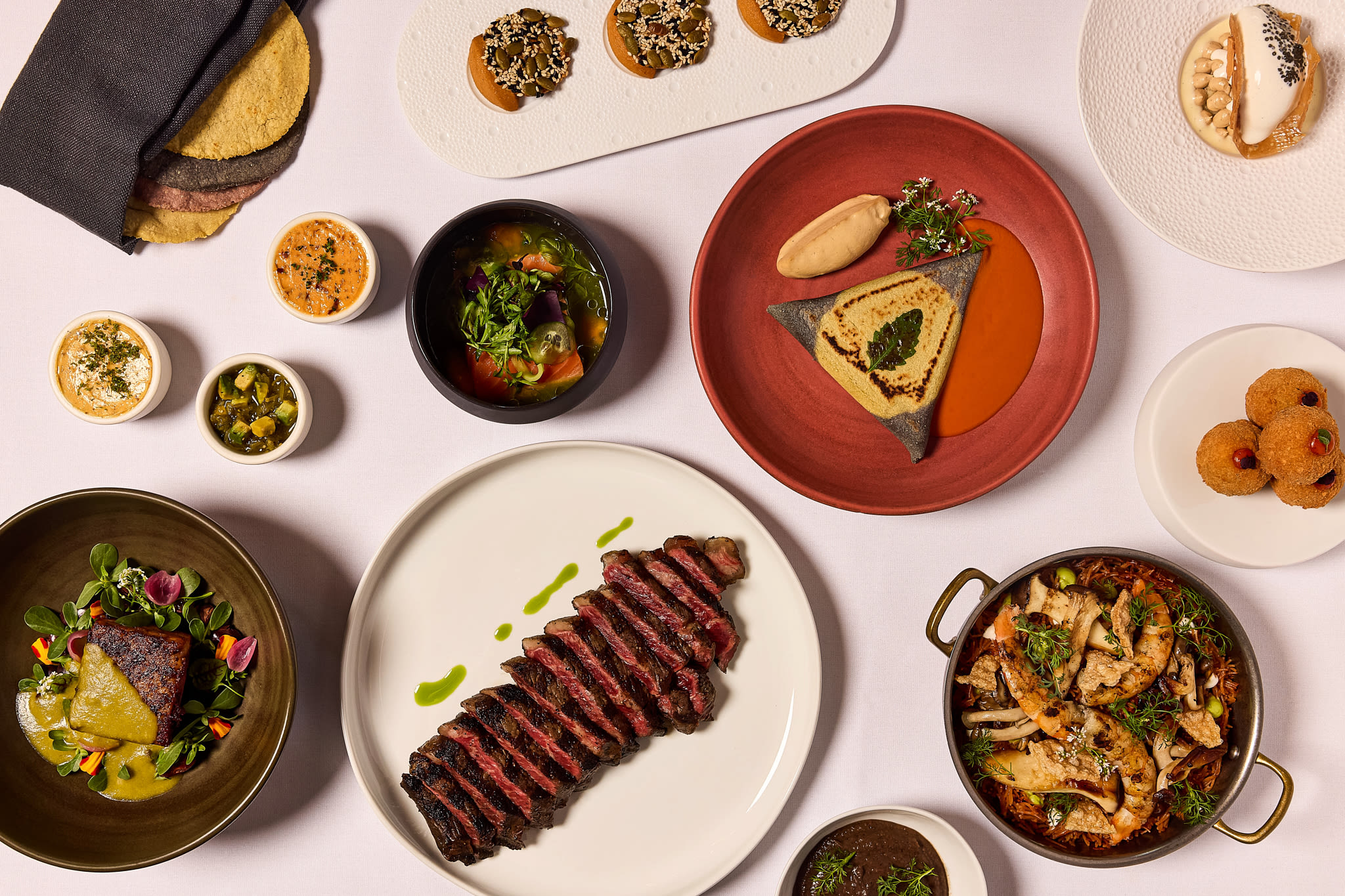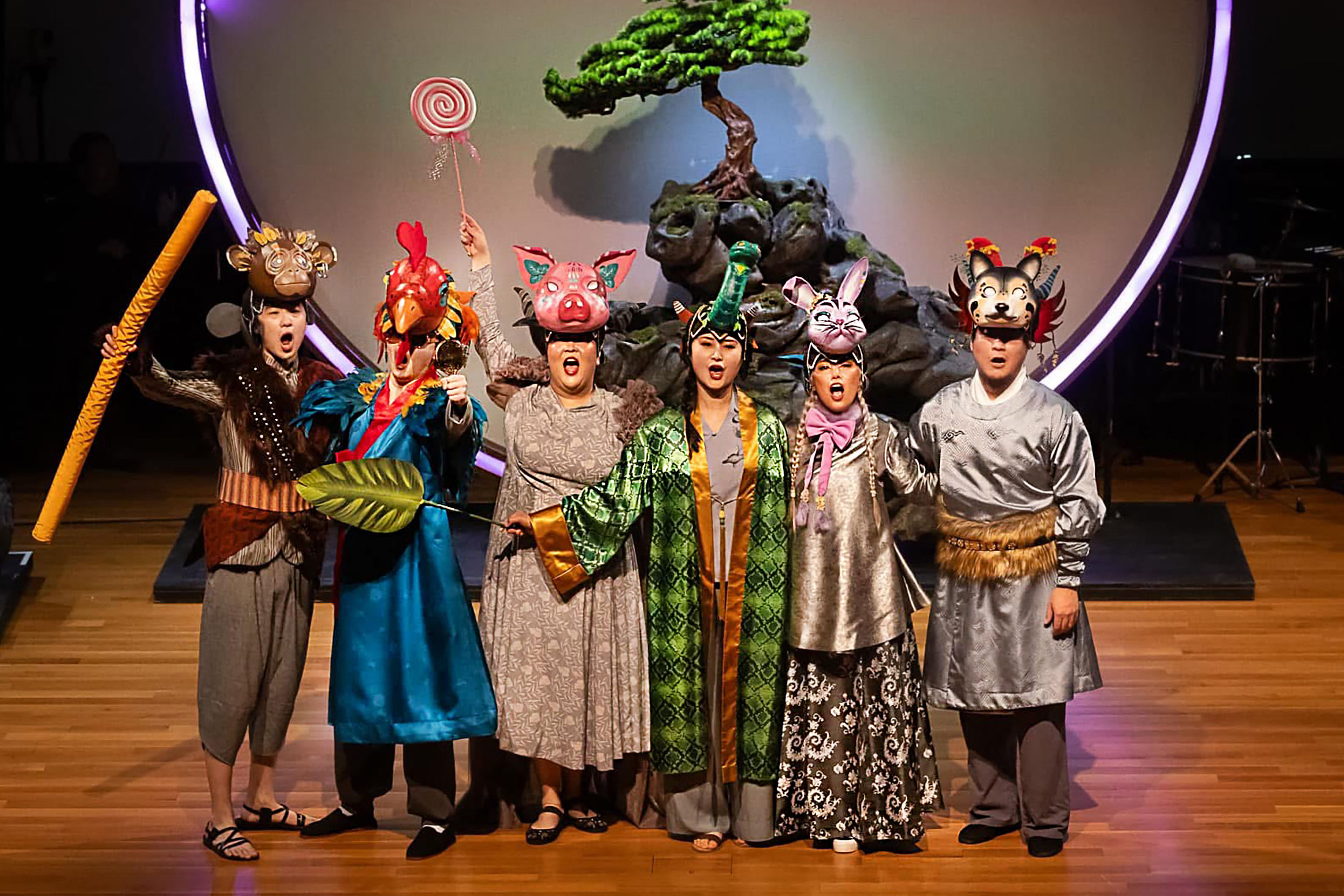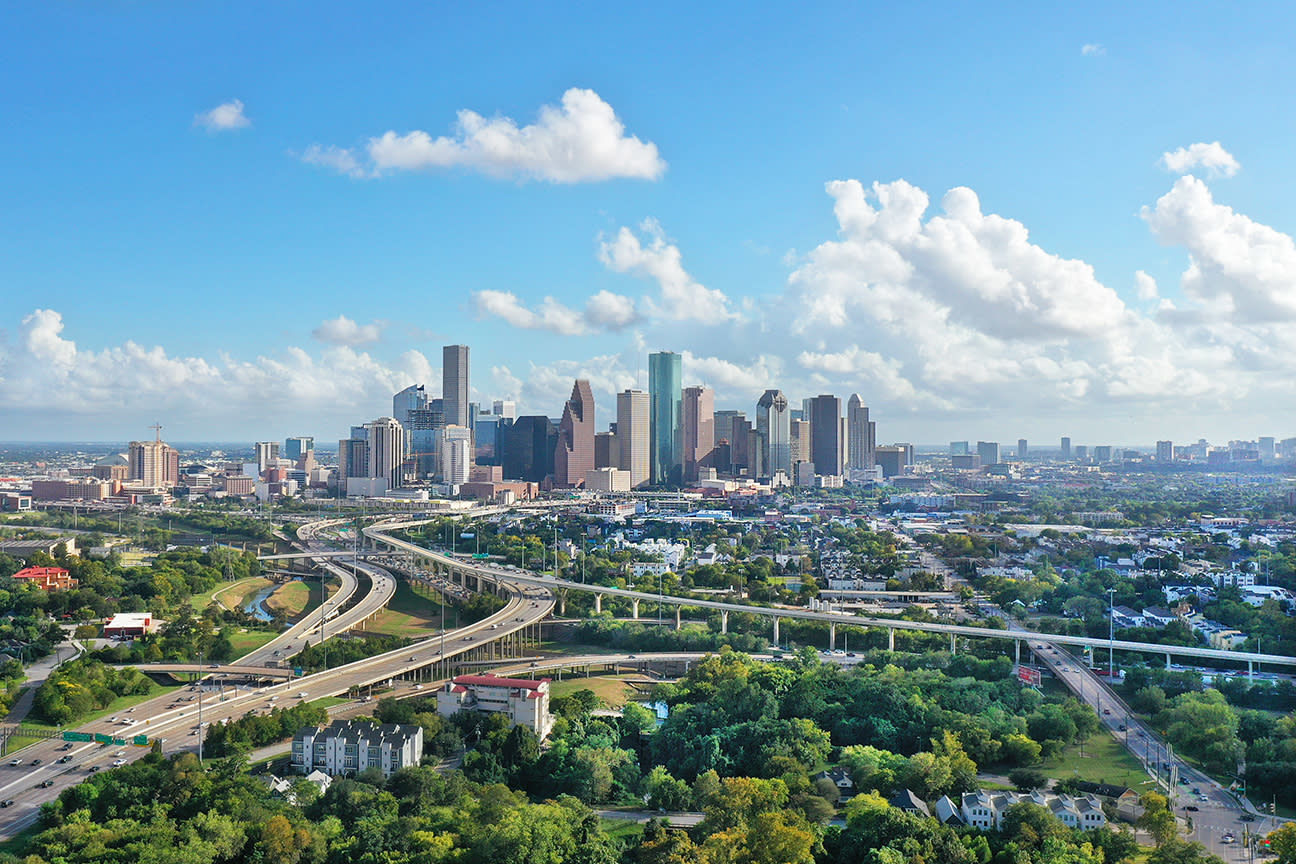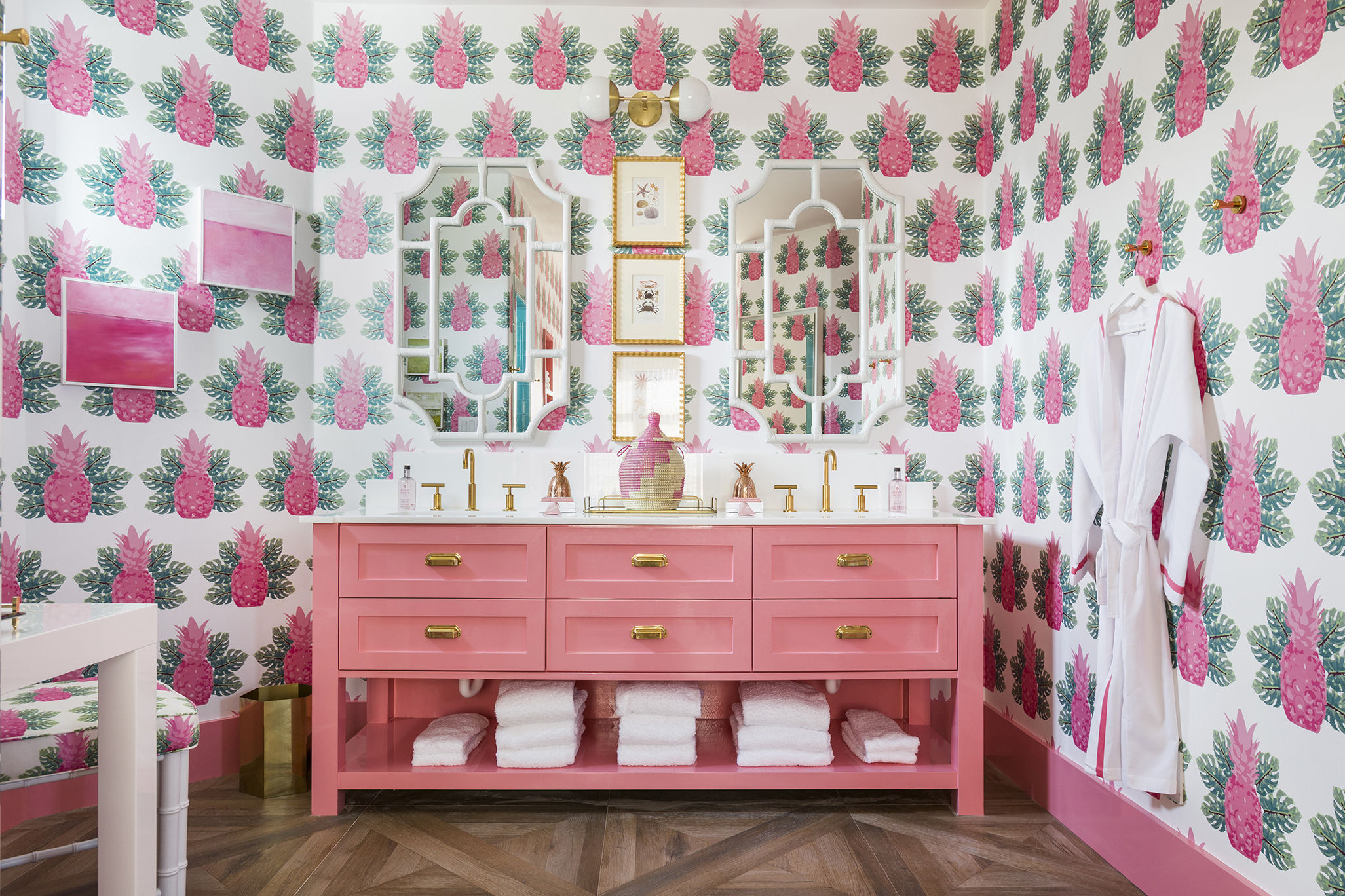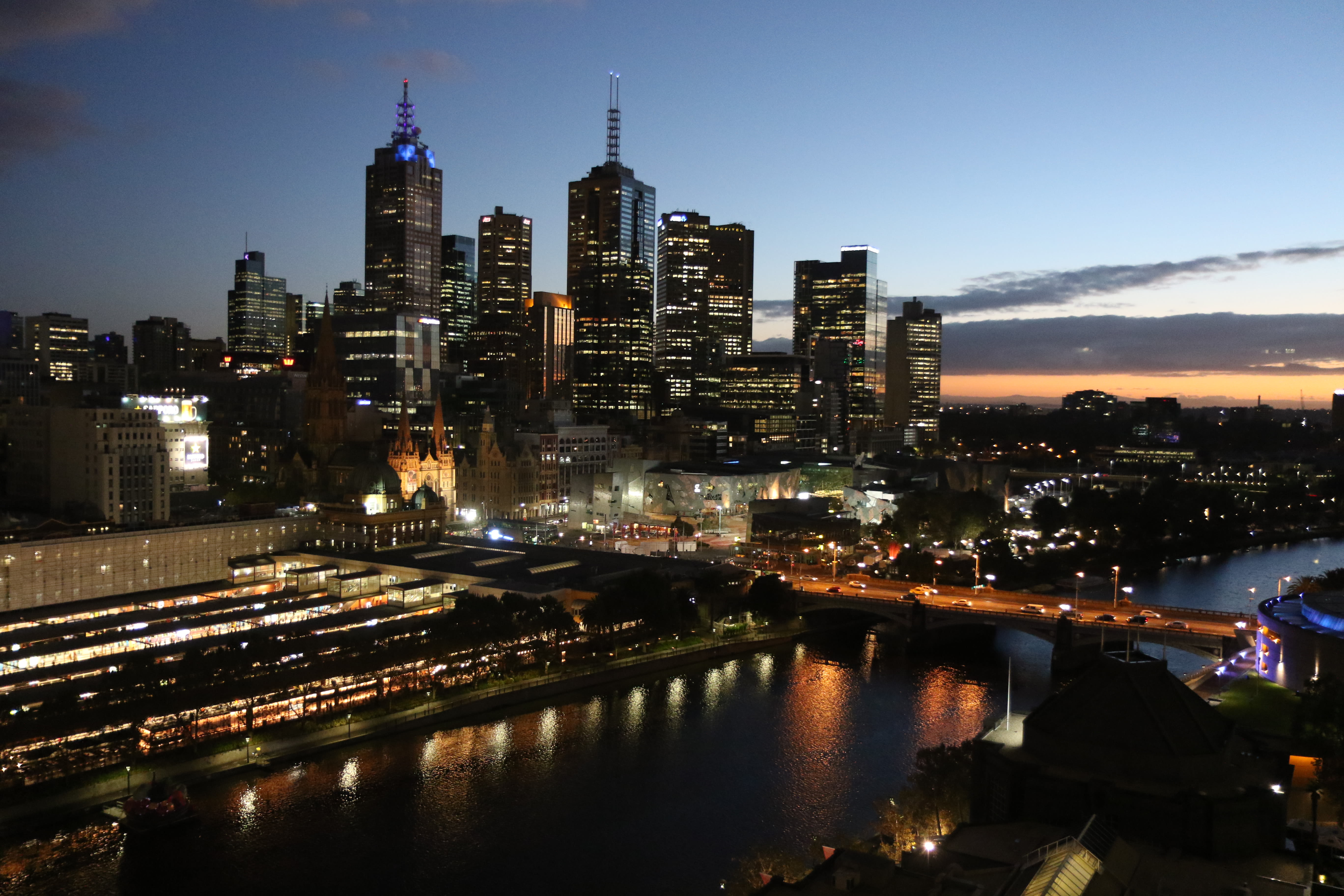
Australia Is for Eating
Okay, imagine it’s your last day on earth. And you’re hungry. And you’re in Australia. No, wait—you’re in Australia with 24 hours to live and you’ve…decided to spend your remaining hours eating. Okay, what to do? First off, relax. The time’s already short, don’t waste it worrying. Second, take heart. There are a number of worse places you could find yourself eating on the last day of your life, and by “a number of” I mean most places. Indeed, now that I think of it, it occurs to me that you are dying in the exact right place, which will hopefully come as no small comfort to you in these painful final hours.
But a foodie should die in Paris or Chicago or Tokyo, you will protest. This statement begs a number of questions: Do you have any idea how far Australia is from those places? Is it wise for someone to fly in your condition? Do you really want to spoil the entire premise of this article?
No, you’re dying in Australia, case closed. And that’s a beautiful thing. The Australia part, I mean. Now, scurry off to Melbourne double-quick. Why Melbourne? Because Australia’s No. 2 city is No. 1 in the country’s gastronomic heart. Because Melburnians evince a love of eating and drinking that would blush the cheeks of Epicurus. Because of the populace’s huge preference for foodstuffs seasonal, local, pasture-raised, and tamper-free; their plethora of exciting dining opportunities; and their enormous success at driving every Starbucks out of town, save one.
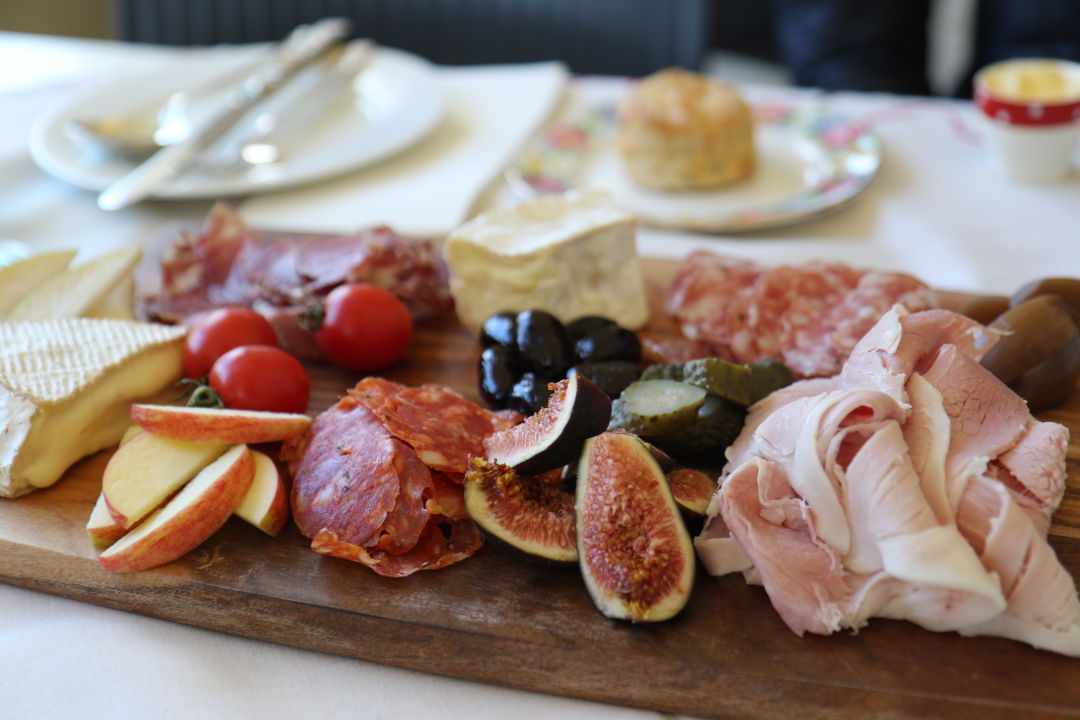
A country lunch at McIvor Farm in the tiny town of Tooborac
Image: Scott Vogel
Furthermore, there is great food to be found almost every place you look (a boon to the time-pressed, like yourself), although any decent last-day-on-earth, it seems to me, should begin at Queen Victoria Market, one of the largest urban establishments of its kind. Occupying several art deco buildings and two full blocks in the heart of Melbourne for more than 130 years, the market features a breathtaking variety of Australian produce, along with an equally extraordinary selection of the country’s fine meat, seafood and dairy products. (There are 10 fishmongers alone.)
Or visit the numerous prepared-food stalls, with names like Corner Larder and La’Deli and Chicken Pantry. (Try the kangaroo jerky and salami. Sure, it’s mostly a tourist thing, but this is no time to be thinking about appearances. Besides, the salami is especially tasty. Not as good as the sausage rolls and bratwurst you’ll find all over the market, but still.)
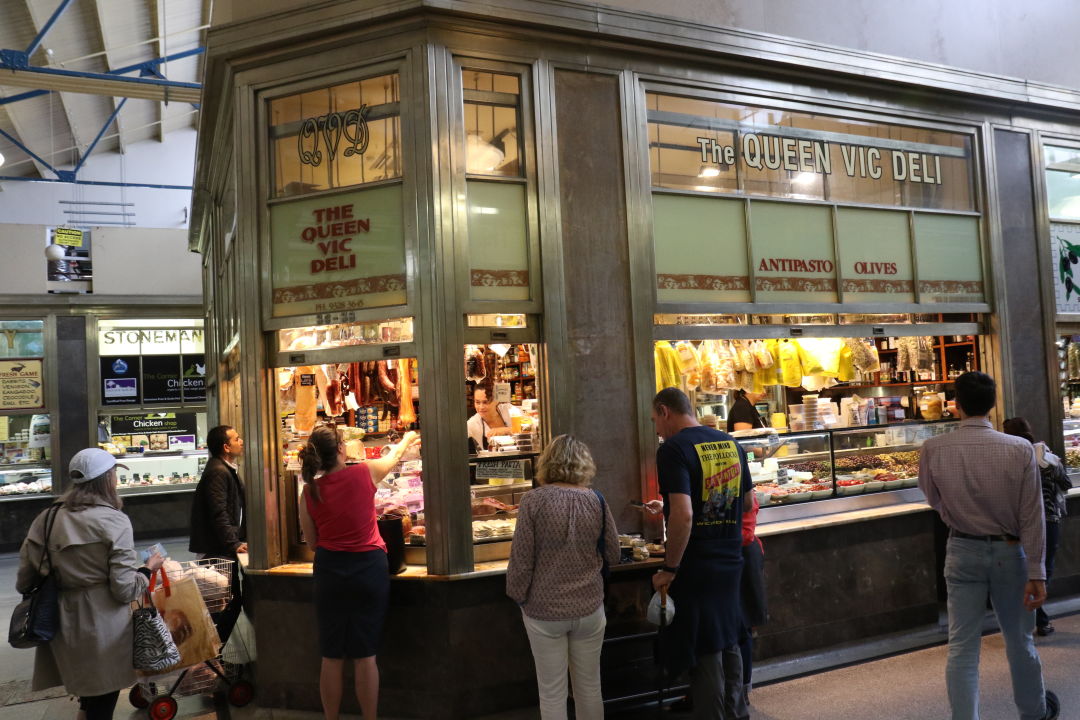
Queen Victoria Market is a paradise for foodies.
Image: Scott Vogel
Then there’s the Borek Shop, where Melburnians happily line up for the eponymous savory turnovers, and the full-service restaurants, among them Pickett’s Deli, whose all-day breakfasts are bountiful and beautiful. And don’t miss nearby McIver’s, which offers dozens of coffee and tea varieties, along with a huge number of gorgeous vessels to brew and serve them in.
Once you’ve been to Victoria Market, anyone can die happy, but why not go out big? There’s much more to savor in Melbourne and environs—from the espresso martinis on Ponyfish Island, to the the tapas at MoVida to the fish sandwich at Belle’s Hot Chicken, to the roasted yellow duck curry at Coda, to the cannoli at Rosa’s Canteen, to anything at Brae or Attica, the only two restaurants in the country named to the recent World’s 50 Best Restaurant list—if you have the time. But you don’t, so let’s hop in the car. Day’s a dwindling.
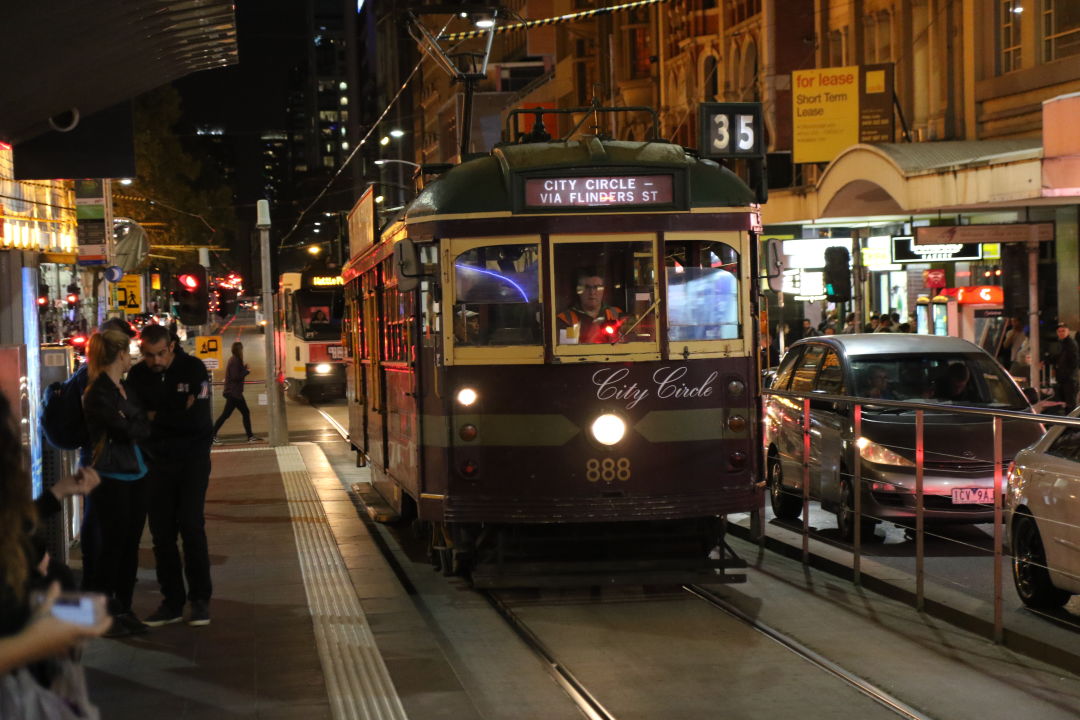
Melburnians find gastronomic wonders on almost every street.
Image: Scott Vogel
Your destination is a sort of gastronomic Lourdes that sits a bit more than an hour north of the city, a place where Australia’s devotion to farm-to-table, or rather paddock-to-plate, borders on the metaphysical. And you needn’t go seeking a miracle: They’re all around you in the country’s magnificent Goldfields region. The gold itself is gone—long gone—but the miners left intact something of even greater value: steeply rolling pastures perfect for grazing livestock, and volcanic soil that’s among the most fertile on earth. Expect a timely epiphany as you eat the best of the best and the freshest of the fresh in this land of gum trees and kangaroo crossing signs and locovoric apostles like Sonia Anthony. She runs the eatery Masons of Bendigo, along with her chef/husband Nick, whose cooking is as flavorful as his menu is creative, chockfull of say-what-now ingredients, from shichimi mayonnaise to pickled wombok, from freekha to silvanberry.
Indeed, the only culinary education rivaling it in deliciousness is the public tour of area farms and ranches that Sonia regularly leads. Having taken one recently, I can report that the bounty of central Victoria is matchless, as is the enthusiasm of those who work its land. Whatever image comes to mind when you think of pig farmers, prepare for it to be summarily erased by Jason and Belinda Hagan, whose McIvor Farm, in the small town of Tooborac, is dedicated to regenerative agriculture, even as its porcine population, 1,000 strong, roams “beyond free range” over 600 acres. So committed are the Hagans to the noble cause, meat-selling seems almost beside the point, at least until you taste it. The farm’s black-and-white Berkshire pigs defy expectations as much as the Hagans themselves, producing pork that’s equal parts creamy and juicy.
Also juicy, right down to the red wine stains on his shirts, is Simon Osicka, who presides over one of the oldest vineyards in the region, in nearby Graytown. He’s a third-generation Osicka—the family is of Czech vintage, having emigrated to Australia after World War II—and like his predecessors, Simon works the vineyard’s ironstone and red quartz soil to extraordinary effect. To enjoy a glass of cab on the Osicka Wines veranda, luxuriating within sight of vines glowing green in the afternoon sun, is to experience yet another Victorian nirvana, the bucolic splendor only occasionally interrupted by loud gunfire—a very effective method of keeping birds away from Osicka’s grapes, you see.
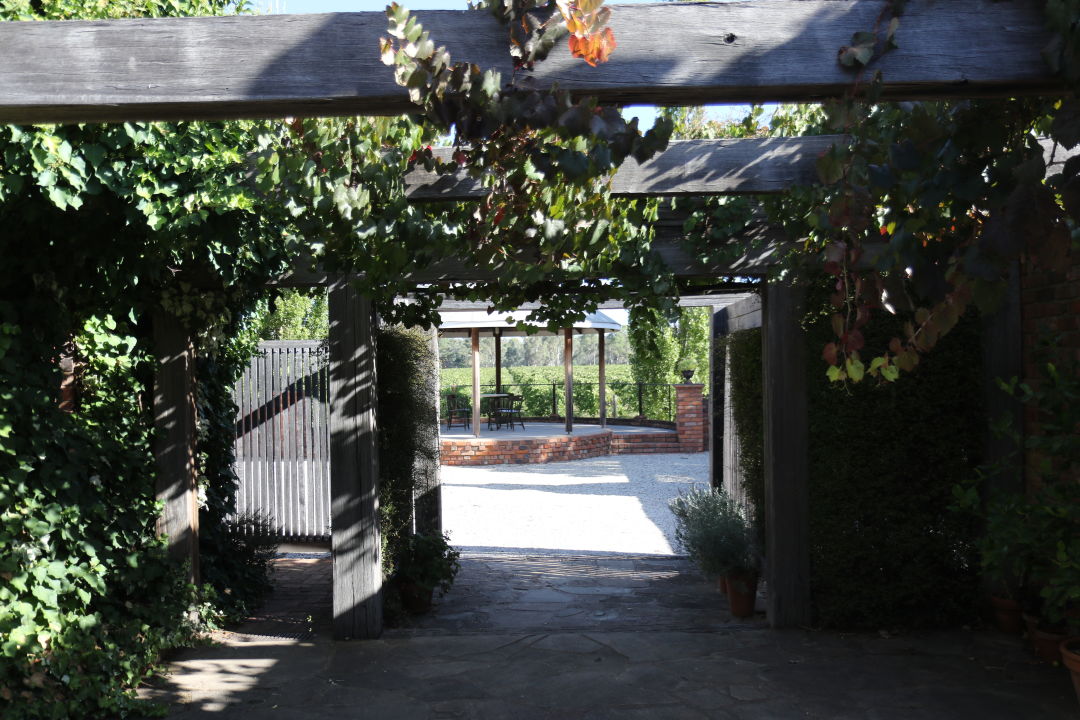
The vineyard at Osicka Wines, a heavenly place for a tasting.
Image: Scott Vogel
If you haven’t figured it out by now, an unusual ethos informs the Goldfields region, one that seems to simultaneously look backward and forward for inspiration. Around the year 2000, for instance, George Bobin decided that something must be done about the dearth of live microgreens and microherbs sold at Melbourne’s markets. His solution? Create a high-tech farm for them, B&B Basil. The experiment and greenhouses immediately attracted the attention of area restaurateurs determined to bring Bobin’s just-picked freshness to Melbourne’s tables. Since then, word has only spread, and that’s putting it mildly. Each week, B&B produces, ships and trucks 30,000 little pots of hydroponically grown herbs to destinations all over the world. And the company expects those numbers to grow exponentially, what with countries like China beginning to join the fresh food movement.
If that movement has a county seat, its name is Bendigo, and Bobin’s farm sits on the far eastern edge of that pleasant city of 100,000. Once home to the seventh-richest gold deposits in the world, all that remains of Bendigo’s go-go days are a number of gorgeously pompous Victorian buildings, some of them recruited for the town’s latest rush, its dining scene. A similar alchemy may be glimpsed a half-hour away, in Castlemaine, a quaint hamlet now known for its arts offerings. Still, food is not overlooked. The Public INN, fashioned out of a wonderfully reimagined old fire station, serves delicious fare at dinnertime (with lunch on weekends), and the town is home to a number of first-rate coffeehouses.
South of Castlemaine sits Daylesford, yet another gold rush repurposing. These days, the town glitters with world-class spas, spectacular culinary achievements, and one woman, Alla Wolf-Tasker, who offers both. A certifiable force of nature, Wolf-Tasker is the crusty-but-not-cranky culinary director and co-owner of the Lake House, a luxury hotel whose 33 rooms and suites—many of them overlooking placid Lake Daylesford—are spectacularly appointed, and whose spa is a destination in itself. Even more special is the onsite restaurant, one of the most celebrated in all of Australia, and justifiably so. Determined foodies from far and wide make pilgrimages for its locally-sourced meats and veggies. Most special of all, however, is the aforementioned Wolf-Tasker, now in the 34th year of running a family business, these days with the help of her daughter, son-in-law, and husband, an artist whose works grace Lake House’s walls.
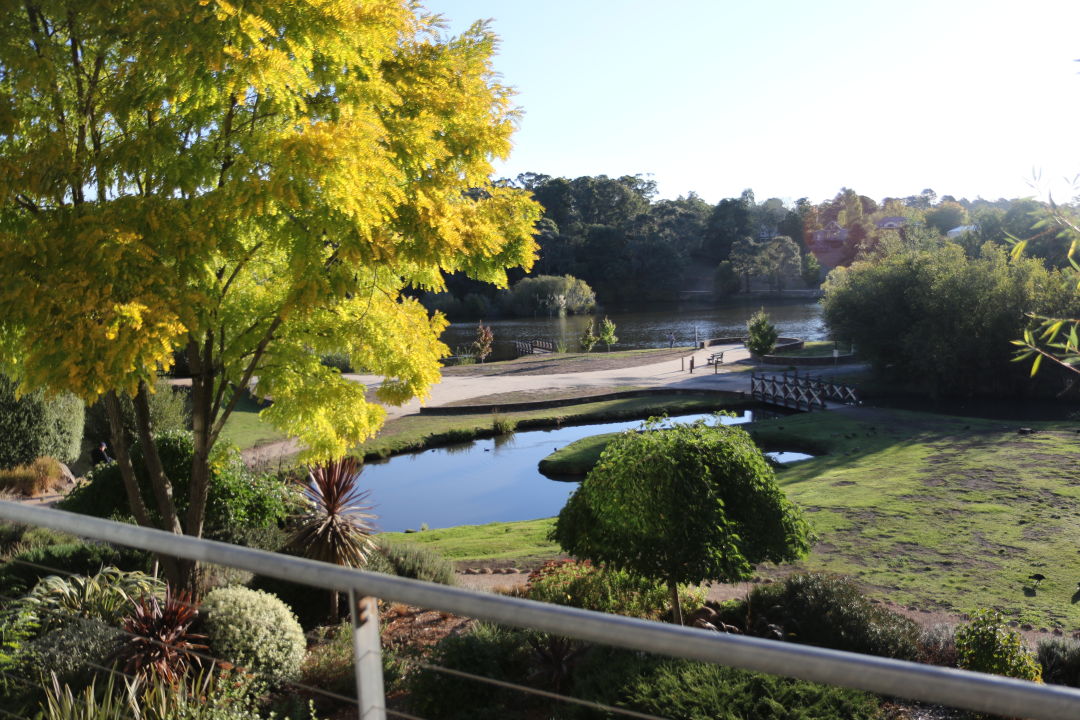
Also heavenly: this view from a guest room at the Lake House in Daylesford.
Image: Scott Vogel
This is a woman who has earned her no-nonsense demeanor, having staked her claim long before terms like artisanal produce and sustainability had entered the lexicon, back when organic was just a type of chemistry. During a chat with Thomas Keller while visiting California in the ’90s, however, Wolf-Tasker found herself envious of the symbiotic relationship between the French Laundry chef and the plethora of Napa Valley suppliers nearby.
“Things will change. Just wait until people want to live there,” said Keller of Daylesford, referring to the ex-lawyers, ex-merchants, and ex-chefs he’d seen give up the urban rat race for new lives and pursuits as farmers and ranchers. Wolf-Tasker and I toured a few area establishments started by these “tree-changers,” her term for the group that did indeed eventually migrate to the Daylesford area. Things had turned out just as Keller had predicted they would, thanks in no small part to Wolf-Tasker’s tireless evangelism.
In this way, former city slickers became co-conspirators in her quest for a stellar regional food culture, opening the organic farms, wineries and ranches that would become her treasured suppliers. Florian Hoffinger, for example. Once a chef, Hoffinger is now the proud proprietor of Mt. Franklin Organics, a farm where one often finds Wolf-Tasker working the rows, trolling for produce and fresh ideas for dishes. (On the day I visited, fat beets protruding from the ground left her pensive, as did pumpkins and innumerable varieties of heirloom tomatoes.) For his part, Hoffinger, tan and 50-ish, possesses the vigor of a man half his age, and a smile that suggests he misses his former life not at all.
Eventually, Wolf-Tasker whisked me off to yet another pig farm, stopping along the way at Daylesford Cider, where we sampled apples with names like Somerset Red Streak, and ciders of every conceivable hue, flavor and buzz factor. The brain-child of a particularly wealthy tree-changer, its orchards punctuated with a tavern and splendid courtyard, the cidery is yet another area treat. There, on a crisp fall evening amid squawking magpies, espaliered apple trees that stretch to infinity, and a flight of ciders—if you have to say goodbye to the world, this is the place to do it.
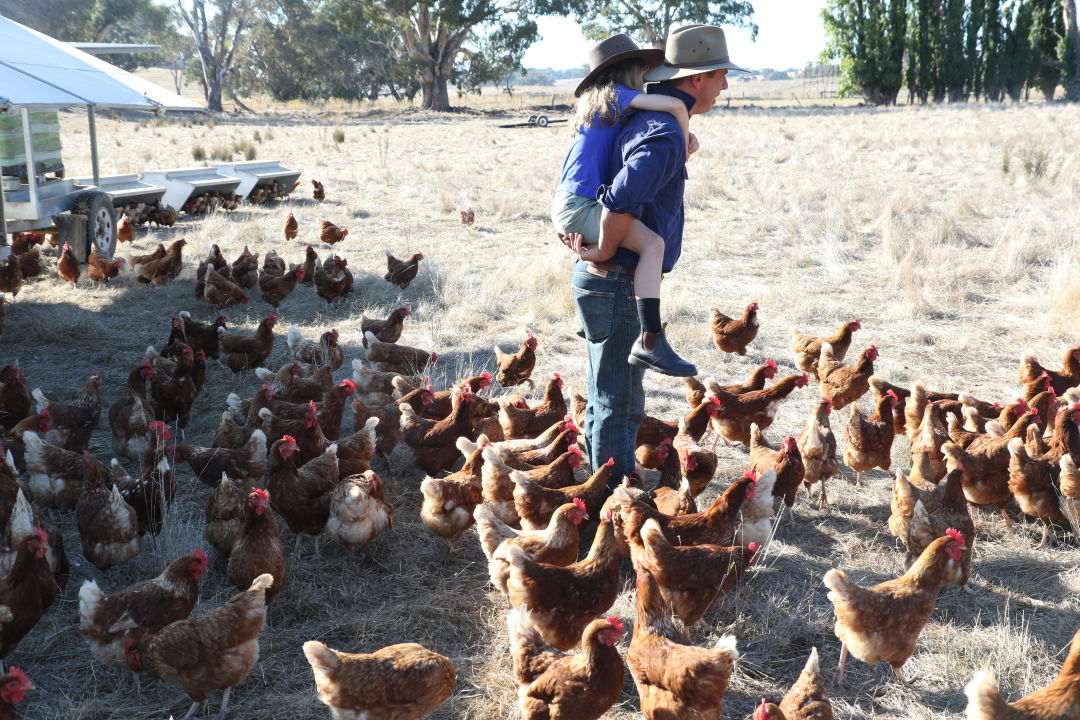
If you're good, maybe they'll let you come back as a chicken: Paul Righetti and his daughter on the Real Eggs farm.
Image: Scott Vogel
Speaking of which, the sun’s disappearance below the horizon means it’s time to pack up for that happy hunting ground. What will heaven be like, you wonder, a question both thoroughly reasonable and utterly unanswerable. Chicken heaven, on the other hand, is a place on earth. It’s called Real Eggs, a farm Paul Righetti’s family has run since the 1850s, where 6,000 hens roam the grounds at a density of about 3 per acre. (Really.) It’s hard to argue with the website’s claim that they’re “living the open-range dream in Daylesford,” dropping in and out of Righetti’s henhouses at will, laying almost 30,000 delicious eggs a week, most of which make their way to the restaurants, markets and finer grocery stores of Melbourne. The birds are Isa browns, hens as notable for calm dispositions as the fruits of their labors, which is certainly one explanation for the farm’s almost surreal serenity. But maybe it’s the Goldfields’ chilly but not cold winter weather (that would be June through August), or the gentle hills and pastoral silence of the extinct volcanoes dotting the landscape. Whatever its provenance, this is a place fully worthy of eternity, not unlike Melbourne or the rest of Victoria.
Getting There
Absent direct flights, Australia is no easy jaunt from Houston. Still, Air New Zealand offers the next best thing, with nonstop service from Houston to Auckland (14 hrs). From there, it’s another four hours to Melbourne. Roundtrip prices start at $1,166.
Accommodations
For a city its size, Melbourne isn’t exactly crawling with non-chain options. Fortunately, many of the chains go above and beyond the call of duty, offering comfortable rooms, often with spectacular views. Among the best of these is the Langham Melbourne, which sits dramatically on the south bank of the Yarra River and more than upholds the brand’s well-established standards of service and décor. Another recommendation is the Grand Hyatt Melbourne, which offers a great location on Collins Street, a large indoor heated pool, hot tub, and myriad dining opportunities. And while the lodging options dwindle as you reach the Goldfields region, the quality only goes up. Among these, the Lake House in Daylesford is in a class by itself, offering large suites with gorgeous waterfront views and one of the best restaurants in the state. Another fine option for travelers exploring the region is the Schaller Studio in Bendigo, a classy and cool outpost of a small local chain, its walls decorated with clever epithets and other whimsical touches.
This story was produced with the assistance of Air New Zealand, as well as Visit Victoria and Visit Melbourne, both of which are great resources for further information.



